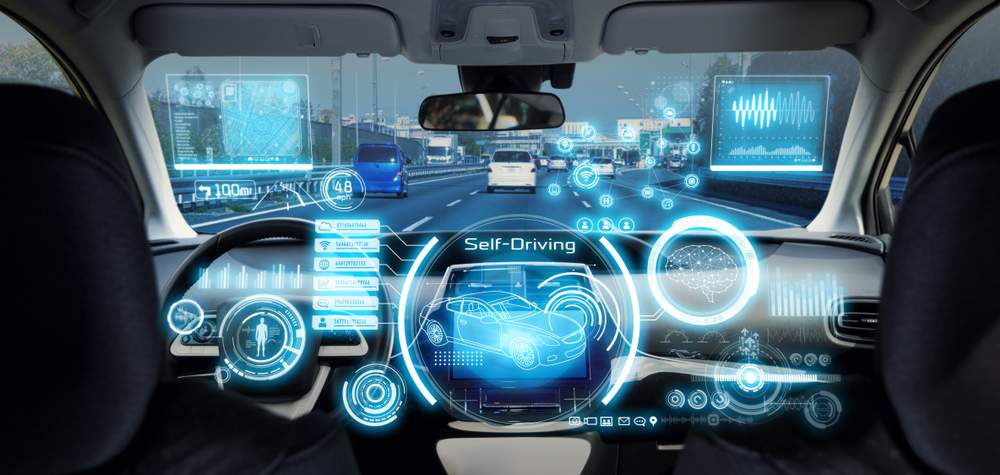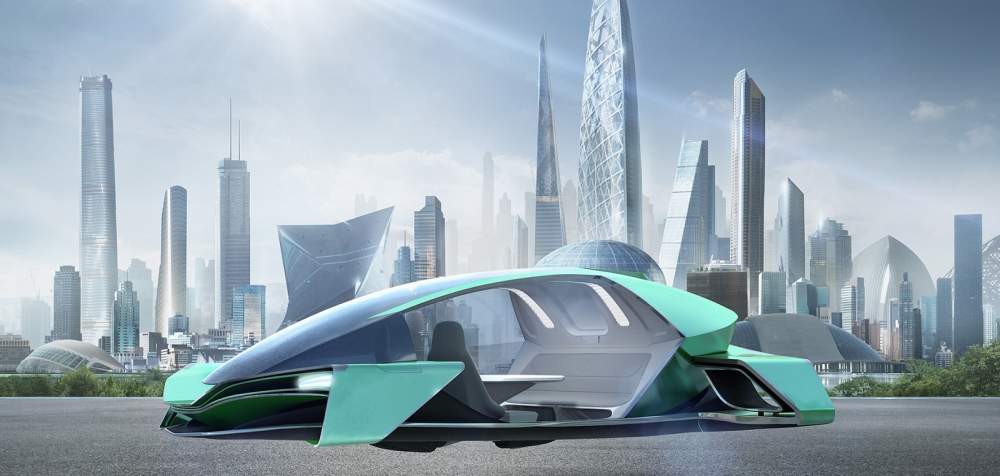The Future of Cars – How will Motoring Change?
With increasing pressure from governments, the car industry is changing. It’s changing fast too! The British government have decreed that by 2040 all cars should be electric, but how realistic is this?
Part of the reason for this was the belief that we would soon run out of fossil fuels and they would become more and more expensive to extract. But according to BP, this is not the case. In fact, BP claim that fossil fuels will become easier and cheaper to extract in the years to come and that there is a larger supply remaining than was previously thought.
We are not only facing a move away from using fossil fuel, but the all-new autonomous cars are on the cards as well. So will we all be driven around by our automated electric car, have the driving experience change completely? In this article, we will discuss some of the industry changes that are on the way.

How Will Engines Be Powered?
The possibilities for powering the engines of the future are constantly being reviewed. New technologies developed make way for new ideas. Whatever the engine of choice is, the aim is to improve the drive and efficiency of the car for the average driver, while reducing the environmental impact of current fossil fueled vehicles.
Electric:
The reality of the electric engine is that it has already become part of the production feature of the car industry. By 2040 it is thought that most cars will be electrified in some way. Even if they retain an engine, the role of this will be to support the electric motor.
Today’s issue with the electric engine is the battery range and time it takes to recharge. However, by 2040 the prediction is that cars will be capable of driving up to 500 miles on a single charge and recharging to 75% could take as little as 15 minutes.
So now the race is on to develop a better battery. One that is cheaper, lighter, more sustainable and has a much higher energy density.
Bosch is currently working on creating a 2nd generation 60kWh solid-state battery that will be able to deliver a range of over 200 miles, and they aim to have this in production by the end of the decade. Bosch also claims that the 3rd generation lithium Sulphur battery, which they hope to have in production by 2030, will double the energy density of the second generation battery.
Stirling Engine:
Today’s engines convert roughly 20-30% of the fuel burned into power, with a lot being wasted through the exhaust and cooling system. The Stirling engine, originally invented in 1816 to rival the steam engine, relies on an external heat source to develop mechanical energy. In this instance, it would be fed back to the driveline.
Thermo-Electric:
The idea behind this is to use thermo-electric materials to turn heat into electricity which will help power the electric traction motor of a hybrid. We could have split-cycle engines where cylinders work in pairs.
Fossil and Synthetic Fuel:
Engines could be developed to switch between spark and compression ignition. A hybrid of petrol and diesel engines that use a cocktail of fossil and synthetic fuel.
Hydrogen Fuel:
We have been eagerly anticipating the idea of hydrogen fuel cell electric vehicles, FCEVs, for almost two decades now. For the first time, this could become a possibility. The only emissions from these vehicles would be water and heat.
To make this a reality, however, the hydrogen infrastructure business model needs to work, and the car manufacturers need to take it seriously. After 2020, the car industry could be looking to develop millions to tens of millions of FCEVs ready for production by 2040.
Building the infrastructure of hydrogen filling stations may be a challenge, but once they are in place, they will be far more profitable than current recharging stations.
In Europe alone, over £1 billion will be spent to support hydrogen and fuel cell development by 2020.
Autonomous Vehicles
Will we still get to ‘drive’ our car, or are we going to simply hop in and tell our vehicle where we’d like to go? Most drivers would be reluctant to give up the driving experience. To be honest; most manufacturers recognise that the relationship a person has with their car is, in part, built on the ‘drive’ of that vehicle. As such, they understand that for them to keep selling cars, they need the consumer to still feel an attachment to them.
However, autonomous vehicles have already started to be produced. To a certain extent, they have been slowly introducing the technology for decades. With driver assist functions such as parking sensors, cruise control and blind spot monitoring, to name but a few, our vehicles have already become semi-automated.
It is predicted that by 2020 the development of software algorithms will allow for low-speed manoeuvring in traffic jams and some high-speed driving such as lane changing becoming automated.
Drivers Still Required…..For now!
An autonomous vehicle will need to be able to assess the dangers around it and decide if it is indeed safe to go into autonomous mode. You, the driver, will still need to be responsible behind the wheel of the car for a good few years yet.
So will we all be driving fully autonomous vehicles by 2040? In all likelihood not. The technologies still have a long way to go before we can just jump into a vehicle and tell it where we would like to go while sitting back and having a coffee. However, we may find as the infrastructure for accepting autonomous vehicles grows, so does our use of the features.
For autonomous vehicles to be fully integrated into our everyday driving lives, they will need to not only be able to communicate with each other but asses non-automated vehicles and read the road around them as well. Although we may be able to have our car drive for us, for the foreseeable future at least, we will still need to be in control of that vehicle.

Flying Cars
Sorry, it’s not going to happen. Not only does the technology not currently support the dream of flying cars. The infrastructure of controlling and managing the flow of traffic in the air is just not possible.
How Will Cars Be Produced?
There will still be production lines of cars being made. However, the future of the industry is to make it a lot easier to have custom designs built. At the moment it can take up to 12 weeks for alterations to be made to a basic model. With the idea of future cars being more ‘tailor-made’ to the consumer, this is an area that manufacturers are hoping to improve.
Finally
Cars of the future are going to be more autonomous than the cars of today. They will be made of lighter materials, even possibly with plastic engines. The ‘brain’ of the car will be able to read the road conditions and hopefully improve driver safety as a result.
We may even be able to start producing 3D printed cars, or at least their parts. All in all the future is exciting for car manufacturers. The possibilities and capabilities of new technological developments are phenomenal. Change is happening, but we aren’t going to be replaced as drivers… just yet.
